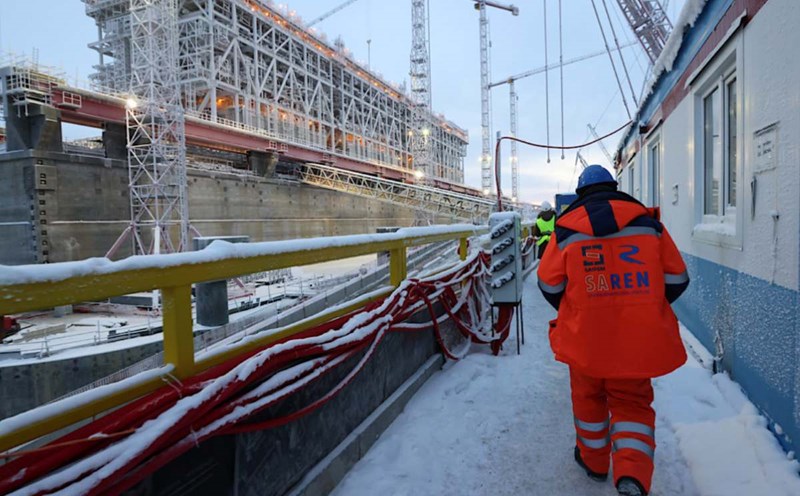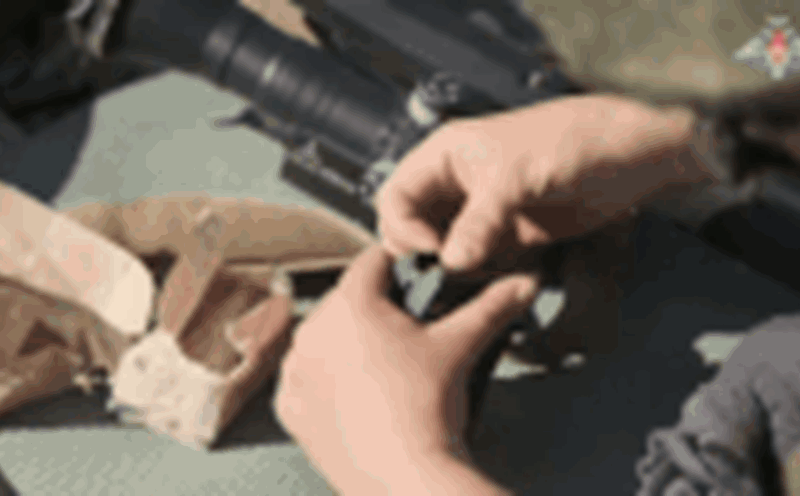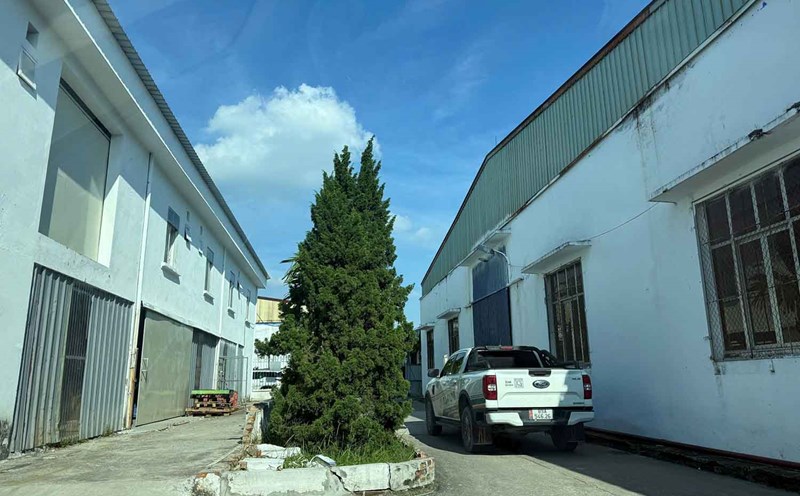The Institute for the Study of War (ISW) said Russia had stockpiled large volumes of missiles in September in preparation for large-scale attacks on Ukraine.
According to the report, the Russian military showed signs of increasing missile launches with unusual frequency, especially during the late September night attacks.
Experts from the ISW said that Russia's tactics are shifting to storing ballistic missiles and cruise ships for many days, then launching them simultaneously with the support of unmanned aerial vehicles (UAVs) to overwhelm Ukraine's air defense system.
Analysis data shows that in September, Russia only carried out four attacks with more than 10 missiles at a time and one large-scale attack with more than 40 missiles, showing a trend of focusing on firepower in selective attacks.
The ISW pointed out that Russia mainly uses cruise missiles to overload its air defense systems, while ballistic missiles are used for strategic purposes. The patriot system remains the only weapon capable of intercepting Russian ballistic missiles, so Russia has directed its attacks into areas outside patriot's protection zone, including many energy facilities and large residential areas.
Ukrainian media reported that on the night of October 4 and early morning of October 5, Russia launched a large-scale airstrike campaign with hundreds of UAVs and cruise missiles, focusing on the western region. In the city of Lviv, Ukrainian forces recorded dozens of airstrikes, causing serious damage to some key projects and disrupting daily activities.
According to observers, these moves show that Russia is expanding the scale and intensity of the campaign to paralyze Ukraine's energy and military infrastructure. As the upcoming winter approaches, the mass storage and use of missiles could signal a new escalation by Moscow in this prolonged conflict.











